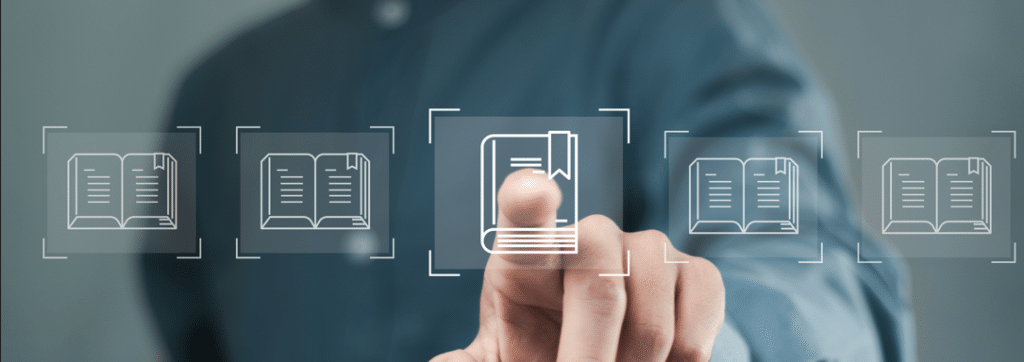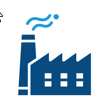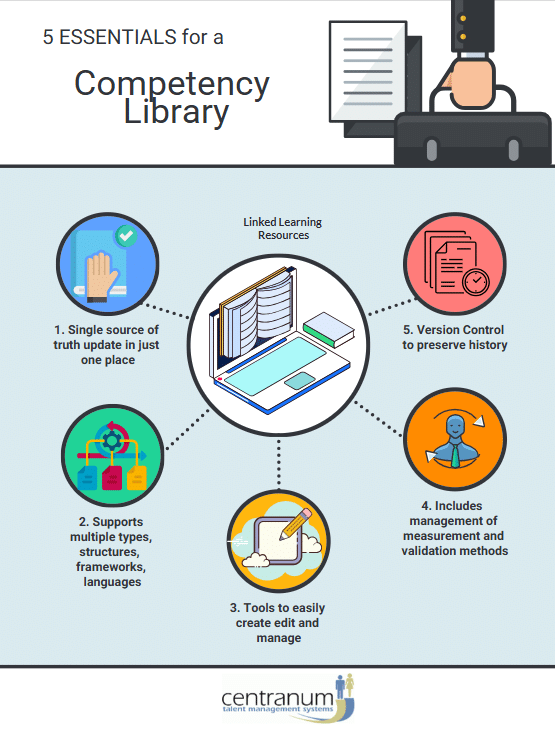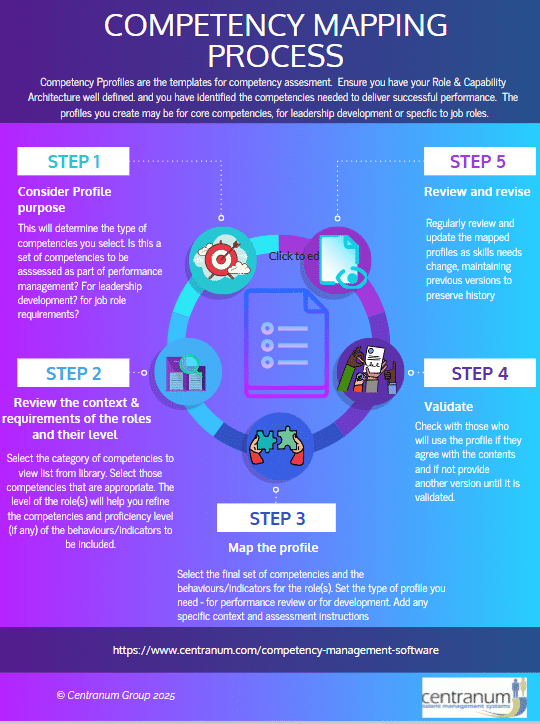
Competency Library and Mapping tools
The foundation for Skills/Competency Based Management
Build a consistent, scalable competency framework for your competency management system. With Centranum’s Competency Library and Mapping tools, you can define, organize, and align the knowledge, skills, and behaviors your workforce needs. Then map them directly to roles, performance, and development plans.
Why you need a competency library
A generic skills list isn’t enough. A structured competency library or dictionary is a foundation element in any workforce capability and competency management system. It creates a common language across your organization, linking role expectations, assessments, and development. It ensures clarity for managers and staff while providing the foundation for scalable competency frameworks.
A competency library provides a single source of truth for the skills and behaviors your organization needs. It ensures clarity in expectations, consistency in assessment, and alignment of workforce capability with business goals.
With a well-structured library, organizations can:
- Set clear expectations – define what good performance looks like across every role.
- Align strategy and skills – ensure workforce capability matches business objectives.
- Enable fair assessments – evaluate staff consistently using shared definitions.
- Support growth and mobility – show employees what skills they need for advancement.
- Focus development – link learning resources to specific gaps for efficient upskilling.
- Drive compliance – document required skills and behaviors for regulatory or safety standards.
Industry Examples
Competency requirements vary by sector. Centranum’s library includes industry-specific competency models so you can adopt or adapt what’s relevant to your workforce.
Centranum’s competency library is designed to work across industries where accuracy, compliance, and role clarity matter most. A few examples:
Healthcare

Map clinical, leadership, and compliance competencies to roles, ensuring staff meet regulatory standards, are audit-ready and aligned with Magnet or Joint Commission requirements.
Manufacturing & Engineering

Define technical competencies for equipment operation, operator safety, quality assurance – ISO/QMS standards and continuous improvement across plants and sites.
Utilities & Energy

Track regulatory, technical, and critical safety related competencies for high-risk environments, from operations to maintenance teams.
Logistics & Transport

Build frameworks and skills matrices that capture operational activities – including forklift, vehicle, and warehouse safety competencies – customer service, and regulatory requirements for distributed and mobile workforces.
Technology & IT

Model fast-evolving technical skills, including agile frameworks, cybersecurity competencies, data analytics, cloud and AI readiness and emerging digital skills.
Government Public Sector

Build workforce capability frameworks that support compliance, transparency, and upskilling.
Competency Library Key Features
Central Repository
One place for all competency definitions, with version control. A single source of truth. Centranum provides a flexible, central competency repository that supports multiple frameworks, industries, and rating methods. AI-assisted tools make it easy to create and evolve competency models tailored to your unique context.
Multi Framework support
Core, leadership, regulatory and technical competency sets across industries and disciplines
Dynamic content
Use Centranum’s libraries or import your own, use the edit tools to customize as needed. Version control keeps frameworks current.
Configurable competency measurement
Tailor rating scales scales, indicators, proficiency levels and validation methods.
AI assistant
Automatically generate competencies specific to your role, industry, organization, operation to quickly fill any gaps in your framework.

Competency Mapping Tools
Competency mapping connects job and leadership roles with the exact skills, knowledge, and behaviors required for success. By making these expectations explicit, organizations gain clarity for hiring, onboarding, performance evaluation, career planning, and workforce development. They ensure that skills data reflects real role requirements, not just job titles.
Why Competency Mapping is important
Without competency mapping, organizations risk misaligned roles and inconsistent expectations. Mapping ensures transparency, enabling career pathways, succession planning, and targeted development.
Too often, roles are defined by tasks and responsibilities without linking them to the competencies people need to perform effectively. Competency mapping closes this gap by:
- Creating a transparent link between roles and workforce capability.
- Providing clarity for employees on what success looks like.
- Supporting consistent hiring, onboarding, and training decisions.
- Enabling career pathways and succession planning.
- Reducing risk by ensuring staff are competent for their responsibilities.
Competency Mapping - Key Features
Centranum’s mapping tools let you create competency profiles by function, seniority, or project role. Profiles become the templates for assessment and workforce planning, giving you visibility of current readiness and future needs.
- Role-specific profiles for technical, functional, and clinical skills.
- Core and leadership profiles to embed organizational values and culture.
- Project or temporary role mapping for flexibility in changing environments.
- Multi-level proficiency options where deeper progression tracking is required.
- Validation workflows to secure buy-in from managers and subject matter experts.
- Version control to enable the updates you need to stay ahead, while preserving history.

How to use competency mapping in practice
Competency mapping is flexible — use it to define current job requirements or prepare for future workforce needs. Profiles, validation steps, and updates keep your competency framework aligned to real-world operations.
Profiles types
Match to purpose
- Values based competencies for performance appraisal
- Role profiles – core and functional/technical/clinical competencies
- Review job context and accountabilities – Establish what really matters.
Map the Profile
Select competencies from the central library at the relevant proficiency level.
Validate
Validate the profile with staff, Managers and Subject Matter Experts to ensure accuracy and acceptance.
Review and update
Mapped profiles are linked to assessments, performance reviews, and development plans. Update annually (or as operations evolve) to keep requirements relevant in your competency management system.
FAQ
Can we use our existing framework instead of Centranum’s?
Yes. You can import your existing competency framework or build a new one in Centranum. Our library is fully customizable, and has AI assistance, so you can adapt competencies, proficiency levels, and profile mapping to fit your organization.
Is this library industry-specific?
Yes. Centranum provides industry-specific competency libraries for healthcare, manufacturing, engineering, IT, logistics, energy, and more. You can adopt these or customize them to create a tailored competency model to reflect your exact workforce needs.
How often can we update the library?
Anytime. Version control lets you update competency models as roles evolve while preserving history for audits and consistency. Most organizations review functional/technical competency sets annually, while core and leadership competencies change less frequently.
Is competency mapping linked to the Competency Library?
Yes. All mapping is powered by the central repository (library), ensuring one source of truth. Duplication is avoided. Assessments, performance, training, career paths, reporting, and analytics always use consistent definitions.
Can we create profiles for project-based roles or temporary assignments?
Yes. Competency Profiles can be mapped for project teams, contract roles, or future skill requirements. Many clients use this for workforce agility —supporting temporary needs, innovation projects, or emerging technologies. This flexibility supports career development, internal mobility, and workforce planning.
Do we need to define every competency level?
Not necessarily. You can start simple with one level per competency, or define multi-level proficiency scales to support career development and gap analysis.
Can the library and profiles be linked to learning resources?
Yes. Competencies can be linked to individual development plans, formal and informal learning resources, including training modules, SOPs, or information documents. This ensures staff see relevant upskilling opportunities and every gap identified in an assessment connects directly to actionable development activities.
Related Reading
Explore supporting resources on building and maintaining competency frameworks
